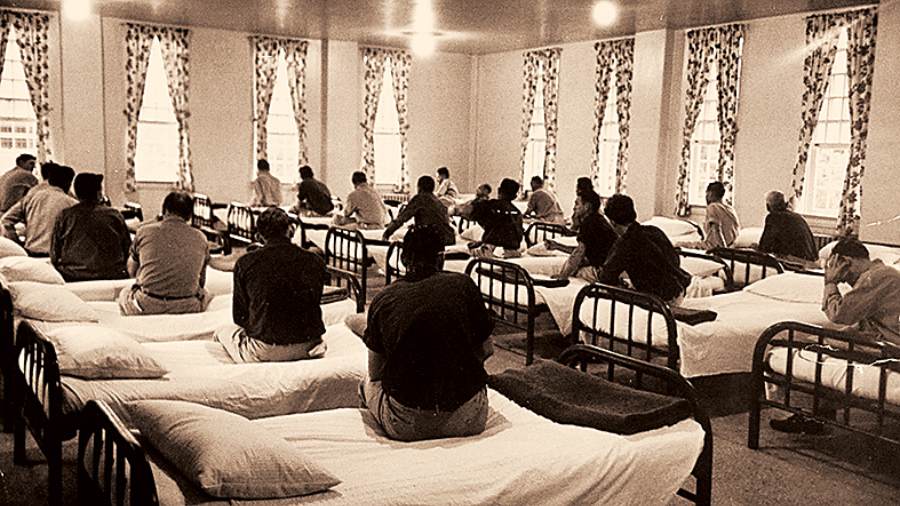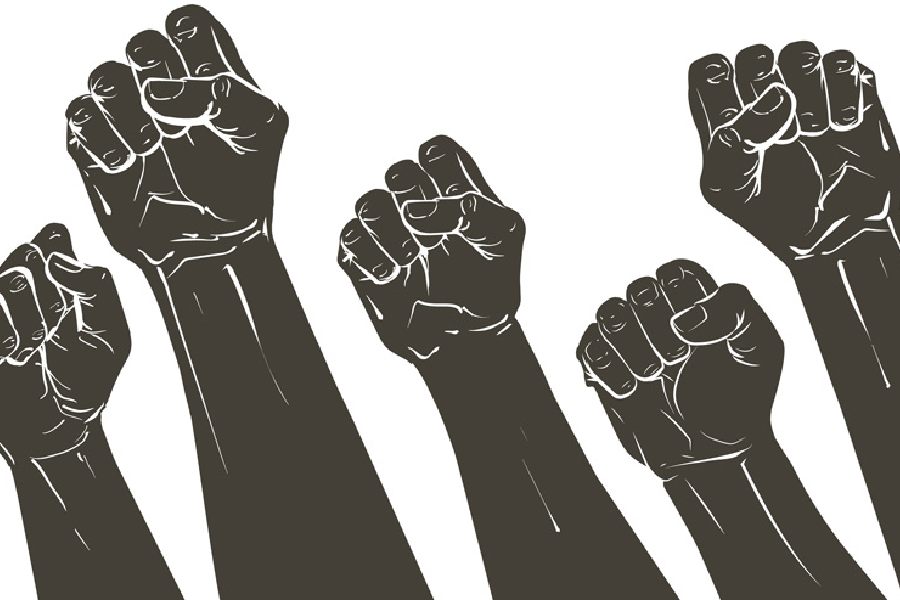Books: Desperate Remedies: Psychiatry’s Turbulent Quest To Cure Mental Illness
Author: Andrew Scull
Publisher: Belknap
Price: £28.95
Today, psychiatrists routinely offer potent pharmaceuticals for a variety of symptoms. How has psychiatry come to rely so strongly on drugs as therapeutics? What is the longer history and consequence of investments in biological or somatic causations of mental illness? Desperate Remedies attempts to answer these questions by turning to an over 200-year-long chequered history of psychiatry in America.
Andrew Scull’s sprawling and lucid account of American psychiatry’s tumultuous past begins in the 19th-century world of the asylum and ends with the contemporary hegemony of psychopharmacology. The American example, Scull argues, is unique because unlike Europe, psychiatry in America did not emerge in research units within university spaces. Instead, American psychiatry remained wedded to the asylum until the end of the Second World War
The first half of the book focuses squarely on the development of psychiatry within asylums and shows how commitments to ‘psychobiology’ emerged against a background of mounting pressure from legislators for curative therapies, formation of professional networks, and families’ desire for non-stigmatising explanations for grave conditions. Severe treatments emerged in the asylum era out of experimentalism on vulnerable, mentally ill populations who were seen to have no rights over their own treatment plans. Many of these cures — from somewhat milder forms of dietary regimens to potentially life-threatening therapies, such as insulin shock therapy and the electro-convulsive therapy — were often adopted not because of their proven efficacy but because they were able to muster enough support from experts, legislators, and the lay public alike.
Professional connections and networks too played a role in defining efficacy. Many of the students and trainees of key figures, such as Adolf Meyer, went on to hold important positions in other asylum institutions, forming a network which was often mobilised by these pioneers to extend support to their favoured therapeutics. Henry Cotton, a student of Meyer and the (in)famous superintendent of the Trenton Mental Asylum, was a key proponent of somatic causation of all mental illnesses. At Trenton, he reformed asylum care and enlisted medics to device radical cures. Cotton’s treatments included extraction of any and every part of the body that could be a potential site for septic infections. Two external reviews of Cotton’s treatment plans, both equally scathing and critical, were suppressed by Meyer who lent his full support to Cotton’s project. Clear rules and guidelines, defining principles, and social oversight over research are seen as ways to check lapses by members of a profession. In Scull’s narrative, we see quite the opposite.
The World Wars radically altered the place of psychiatry as a scientific discipline. The psychological effects of warfare on troops promoted the enlistment of a range of psychiatrists and experts. Post-Second World War, the psychiatric enterprise received large aid from federal agencies, much of which went into establishing university departments and independent institutes, moving the locus of psychiatry away from the asylum. Deinstitutionalisation, Scull argues, is not surprising if one considers the changed professional position of psychiatry. Yet, Scull does point out that ultimately deinstitutionalisation did not result into better practices of care. The mentally ill with severe conditions found themselves at the mercy of a community ill-prepared to care for them.
The thin middle part of the book deals with psychoanalysis and psychology, and shows how novelists, writers, painters, and Hollywood directors played as important a role as the medical experts in bringing Freudian psychoanalysis to America and, arguably, to rest of the world. In the last half, Scull turns to the rise of psychopharmacology and presents a complex picture of the biological revolution in psychiatry. Without discounting that some people indeed benefit from psychopharmaceuticals, Scull offers a less sympathetic account of the overall gains made in the last few decades.
Desperate Remedies is a cautionary tale, for experts and the lay public alike, and offers a grim assessment of psychiatry’s theoretical and therapeutic foundations. Scull’s extensive source base and quotations from correspondence and letters between experts, as well as extracts from patient memoirs, enliven an otherwise foreboding story, offering a deeply researched, highly readable, even if slightly lengthy account of America’s quest for psychiatric cures that have never fully materialised.










